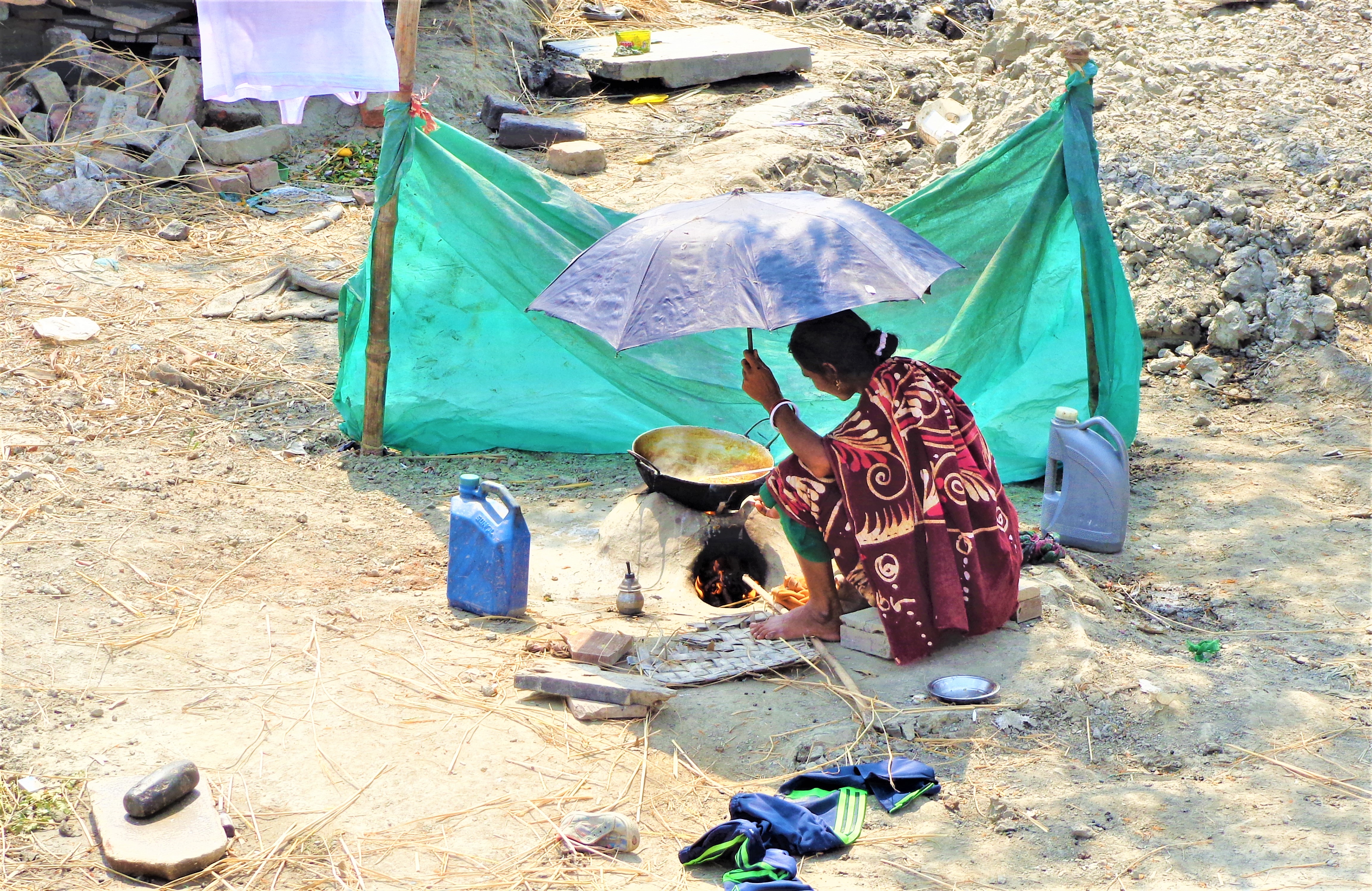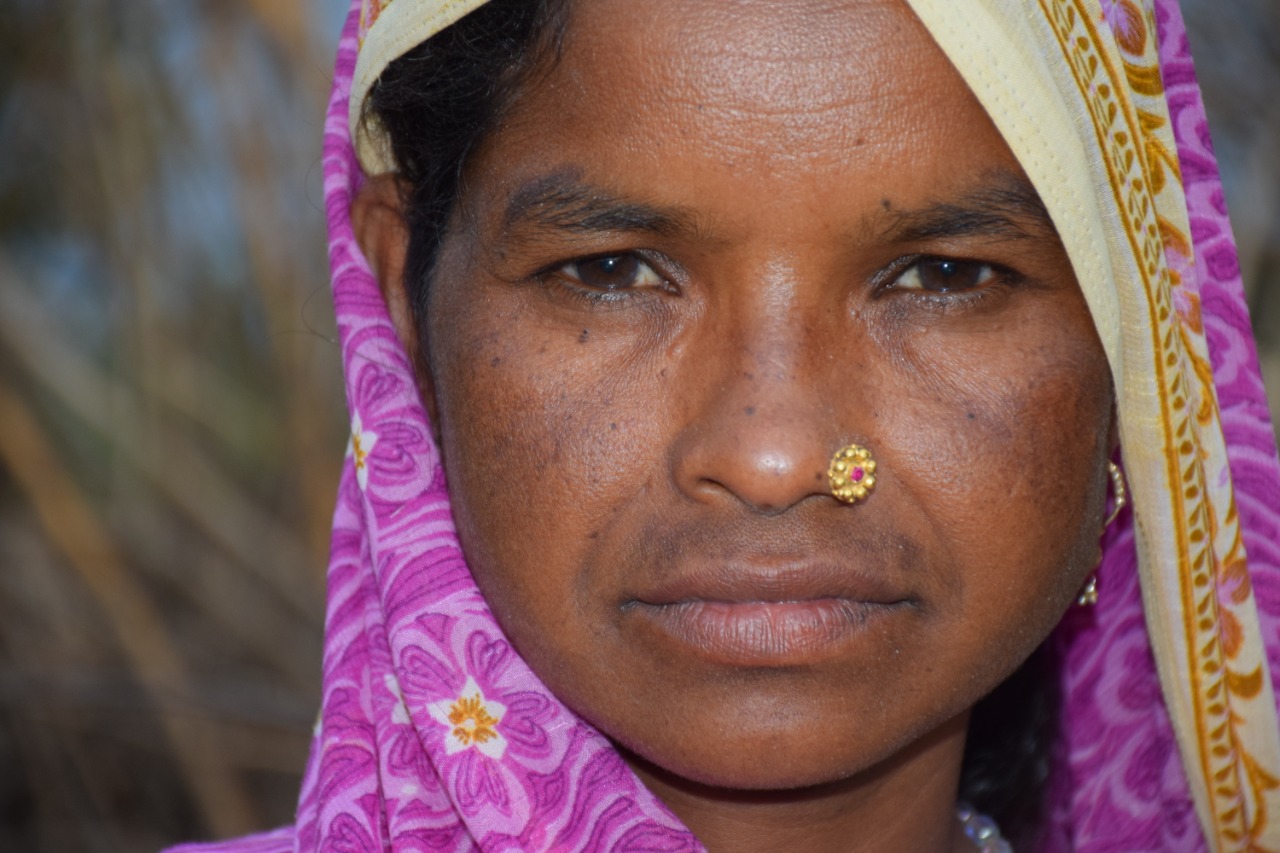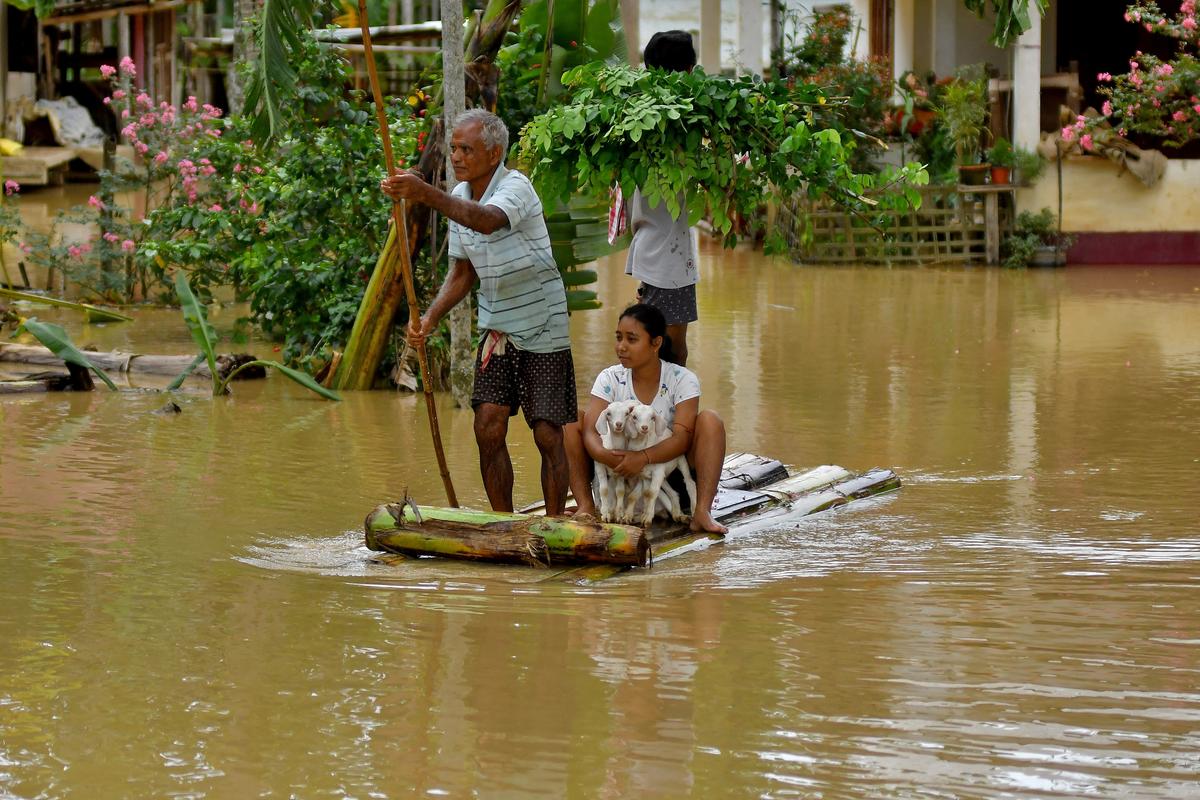CASA BLOGS

ADAPTATION – WHAT IS THE LIMIT?
Given these trend, it is difficult to imagine the world 50 years from now. To what extent we will keep on adapting. We might survive biologically but difficult to develop ourselves in an integrated way.
 By Anita Kukreti | Project Officer – CASA New Delhi
By Anita Kukreti | Project Officer – CASA New Delhi
With each generation the degradation of environment is increasing. With each passing year we have witnessed more and more degraded air and water quality and disturbing health related issues. But the fact is that each generation perceives the degraded environment in which they are being nurtured as ‘normal’ and not as ‘pretty bad.’ We are being surrounded by chaos, dirt, filth, garbage all over and atmosphere full of pollutants. The early days of relating with nature and its gift like water, forest, river has gone away.
The nature’s gift has turned into a commodity. Our rivers have become dumping pit for garbage. We are extracting, exploiting and bottling water and putting price tag on water. Excessive sand mining by sand mafias has shown the extent of greed one can exhibit. Water is being used as a weapon against nations by controlling the flow of river. This has been witnessed recently in conflict between India and Bangladesh over the flow of river Ganga; between India and Pakistan over the flow of river Indus; and between India and China over the tributaries of river Brahmaputra.
The problem goes much deeper where the perception about degradation has not only limited to ‘understanding’ but it has also impacted on culture, cultural practices, values and approach towards life and lifestyle. The behavioral fallout is evident when children living in polluted place are not able to make out that their place is polluted. They learn about the pollution in the school but have adapted themselves in the polluted atmosphere in order to survive instead of taking a remedial action to solve the problem. They think it is normal and there is nothing wrong about it. We could adapt to all changes in the environment but that doesn’t mean that we would do well.
The crux is that we have lost the sense of relating ourselves with nature which actually inspires us, motivate and give us future. We have done so much damage to our planet and very less to protect it. We have mastered ourselves in adapting to the changes in the environment by constructing cyclone aid centers, installation of early warning system, use less water in deserts, build fences to protect against flood, migrate from one place to another and so on. Past experiences have shown that men from Sunder ban Delta have migrated to Kerala and the Andaman and Nicobar Islands to work as unskilled laborers in the real estate sector. These people were originally farmers and fishermen who lost their livelihood opportunities after the devastating cyclone.
Knowing the extent to which an individual, community or country can adapt will be critical for policymakers. A farmer’s individual limit is reached when he prefer to give up farming due to recurring draught or intrusion of flood water in his farm and migrate to nearby cities for labor work .This is where his individual adaptation limit has reached but as a community or country it may not be treated as a limit. Many communities are already facing limits to their capacity to adapt.
Economic limit constrain adaptation of low income household and communities. For instance fishing community find it difficult to adapt due to higher cost of boat insurance, repairs, safety measures. Farming communities find it difficult to adapt due to enhanced financial investment for improved crop varieties and diversification of livelihood. Social limit of adaptation includes value premise of community, knowledge and culture. People perceive, think and interpret about adaptation depending on their world view, values and beliefs. Therefore range of limits may influence adaptation to climate variability by stopping, delaying or diverting the adaptation process.
Therefore it is imperative that policy makers at various levels develop adaptation plans and policies and integrate climate-change considerations into broader development plans keeping in mind the concerns and challenges faced by poor and marginalized section affected by climate variability with an aim to change the course of action-conserving and protecting nature and ecosystem for healthy human existence.
 Previous Blog Post ‘Super cyclone changed everything – even our minds’
Previous Blog Post ‘Super cyclone changed everything – even our minds’ A NEW WAVE: Farmers of Tipli
A NEW WAVE: Farmers of TipliFeatured Post

Mental Health Awareness in India: Addressing Key Challenges
8 Nov 2024
Mental health awareness is crucial in India, where millions silently struggle with mental health disorders, including depression, anxiety, and bipolar disorder. Despite growing recognition, India faces unique challenges in effectively addressing mental health issues. The stigma associated with mental illness remains a primary barrier. In Indian society, mental health issues are often misunderstood, leading to […]

Ensuring Girls’ Safety in India: A Path Toward Empowerment
20 Aug 2024
Girls’ safety in India remains a critical issue that has garnered increasing attention over the years. Despite various reforms and efforts from both government and civil society, challenges persist. From street harassment to domestic violence, gender-based discrimination continues to limit the freedom and safety of girls. While significant progress has been made in addressing these […]

The Connection Between Monsoons and Floods in India: An In-Depth Analysis
9 Jul 2024
India, a land of diverse climates and geographical features, relies heavily on the monsoon season for its agricultural and water resources. However, with the benefits of the monsoon rains come significant challenges, particularly in the form of floods. This blog explores the intricate relationship between the monsoon season and flooding in India, providing detailed insights […]


